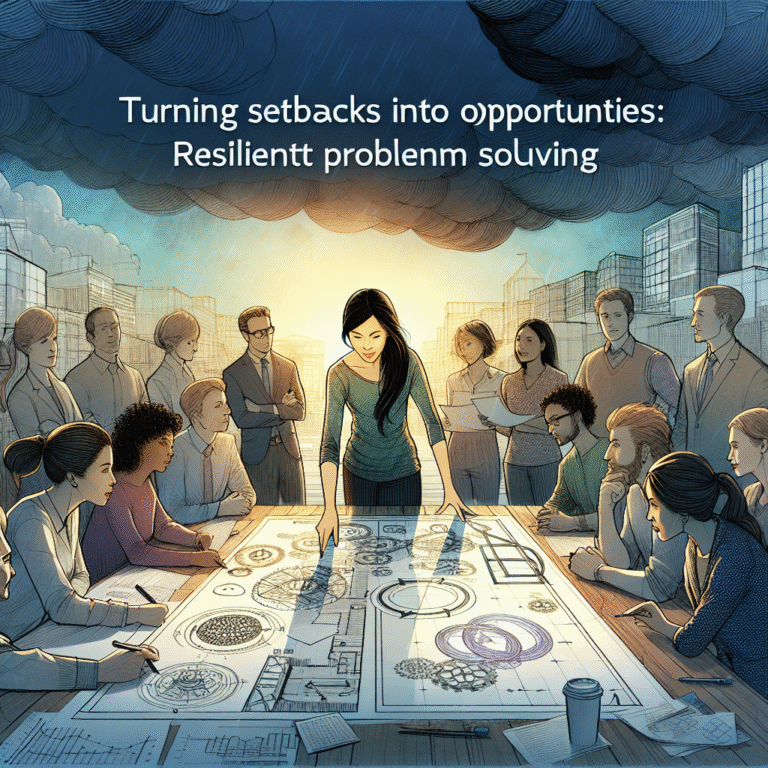
Introduction
In an age where misinformation can spread faster than facts, the call for transparency has never been more urgent. The academic world is no exception. Open science—the practice of making scientific research, data, and methodologies accessible to all—offers a revolutionary way to dismantle barriers and foster innovation. The benefits of transparency in research can reshape our understanding of science and, ultimately, our relationship with knowledge. Open science should be the norm, and in this article, we will explore the myriad benefits it brings to researchers, the public, and society at large.
The Concept of Open Science
What is Open Science?
Open science is more than just sharing research findings; it encompasses a commitment to making scientific processes accessible. This includes:
- Open Data: Sharing raw data so others can analyze, replicate, and build upon the work.
- Open Access: Publishing research in freely accessible journals, eliminating paywalls.
- Open Methods: Transparently sharing research methodologies to improve reproducibility.
- Open Collaboration: Encouraging teamwork and partnerships across disciplines.
The Shift Towards Openness
The transition to open science is not just a trend; it is a paradigm shift. Increasingly, funding agencies and institutions are prioritizing transparency, mandating that researchers make their data and methodologies accessible to ensure credibility and pave the way for collaborative advancements.
The Benefits of Transparency in Research
1. Enhanced Reproducibility
One of the most significant advantages of open science is improved reproducibility—the cornerstone of credible research. A 2016 study published in the journal Nature revealed that only about 39% of researchers could reproduce another scientist’s experiments. Open data and methods facilitate replication, allowing others to verify results.
Case Study: The Reproducibility Project
The Reproducibility Project sought to replicate 100 psychology studies. The findings revealed that only 36% of the studies could be reproduced. This project underscored the importance of sharing data and methods openly, showcasing that many results previously accepted as valid could not withstand scrutiny. To put it simply, transparency can ensure that research findings stand the test of time—even as time changes their relevance.
2. Increased Collaboration
Transparency fosters collaboration by breaking down barriers between researchers. When data is open, scientists from various fields can come together, share insights, and foster multidisciplinary approaches.
Case Study: Open Science Prize
The Open Science Prize, funded by the National Institutes of Health (NIH) and Elsevier, encourages teams to develop innovative solutions using open data sets. By featuring diverse teams, the initiative exemplifies how transparency can stimulate collaborative research that leads to groundbreaking solutions.
3. Greater Public Trust
Transparency cultivates trust between scientists and the public. When research processes are laid bare, it demystifies science, allowing the public to see the methodologies behind findings.
Case Study: The COVID-19 Pandemic
During the COVID-19 crisis, many researchers shared their data and findings openly. This openness, from initial virus sequencing to vaccine trials, played a crucial role in public acceptance of vaccines. Trust in science soared as communities witnessed transparency in action, leading to higher vaccination rates.
4. Increased Innovation
When research is open, innovative ideas can flourishes. Sharing data enables others to identify trends and patterns that a single researcher may overlook.
Chart 1: Open Data Explosion
| Year | Number of Open Datasets | Impact Factor |
|---|---|---|
| 2010 | 2000 | 1.5 |
| 2015 | 20,000 | 2.3 |
| 2020 | 100,000 | 3.8 |
Data Source: Open Data Initiative
As illustrated in Chart 1, the exponential increase in open datasets directly correlates with a rise in impactful research. The more data available, the more opportunities exist for discovery and innovation.
5. Reduced Fraud and Malpractice
Transparency acts as a deterrent against research misconduct. When processes and data are accessible, there’s less room for fabricating results.
Case Study: The Lancet and Andrew Wakefield
The infamous case of Andrew Wakefield’s fraudulent study linking vaccines to autism illustrates how a lack of transparency can lead to catastrophe. Wakefield’s research was retracted, yet its impact lingered, resulting in widespread vaccine hesitancy. Proactive transparency might have exposed flaws in his methodology before the damage was done.
A Culture of Openness in Science
Building a Foundation for Open Science
For open science to become the norm, institutions must advocate for it. Policies that enforce data sharing and accessibility can create an environment conducive to transparency.
Training the Next Generation
Educating the next generation of researchers about open science principles is essential. Curricula that emphasize ethics in research and the importance of sharing work can shape a culture of openness.
Leveraging Technology
Advancements in technology can aid transparency. For example, blockchain technology can provide secure and tamper-proof environments for research data, ensuring integrity while maintaining access.
Conclusion
The journey toward making open science the norm is essential for advancing human knowledge. The benefits of transparency are evident in enhanced reproducibility, increased collaboration, greater public trust, heightened innovation, and reduced fraud.
As we move forward, stakeholders—from researchers and universities to funders and policymakers—must champion transparency. By doing so, we can ensure that science serves its primary purpose: to improve lives and foster understanding. Let’s embrace transparency, propelling science into a brighter future.
FAQs
1. What are the main principles of open science?
Open science includes principles like open access to research, sharing data and methodologies, and fostering collaboration among scientists.
2. How does open science benefit non-scientists?
Open science allows non-scientists access to research findings, encouraging informed decision-making and increasing public engagement in scientific issues.
3. What challenges does open science face?
Challenges include data privacy concerns, the digital divide (access to technology), and resistance from traditional publishing models.
4. How can I support open science?
You can support open science by advocating for open access in your institution, using and sharing open data, and participating in public science discussions.
5. Is open science only for large research institutions?
No, open science is for researchers of all sizes, including independent scholars. The principles of transparency can be applied regardless of research scale.
By understanding the benefits of transparency and advocating for open science, we can foster a global scientific community grounded in trust and collaboration—a community where knowledge serves humanity.














